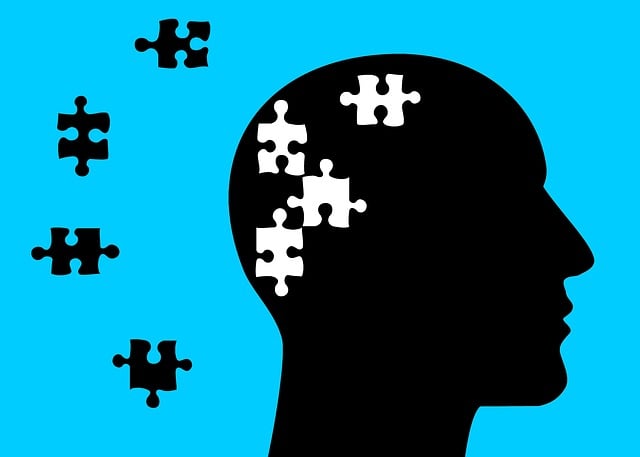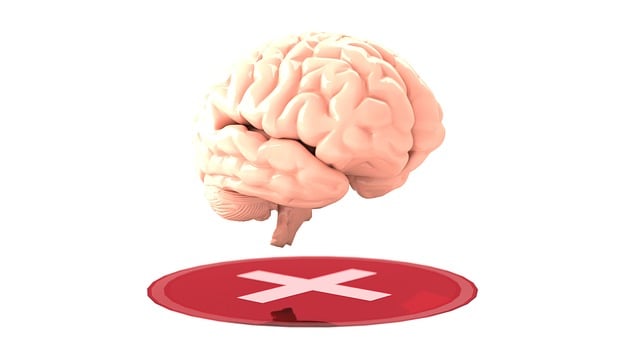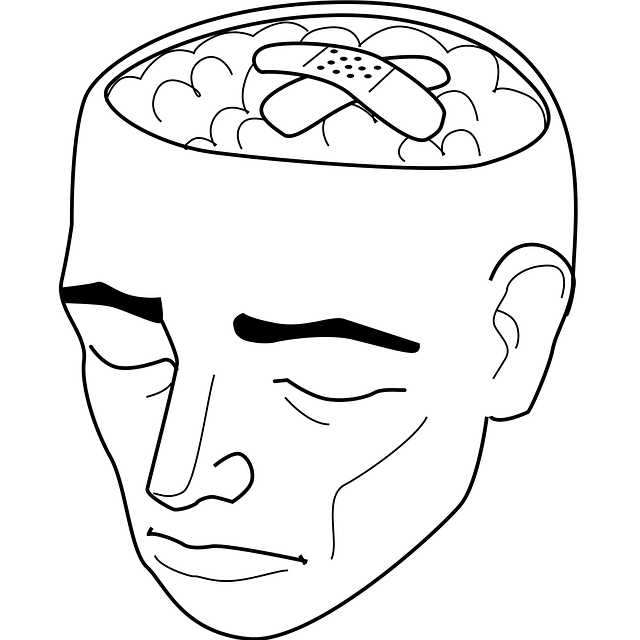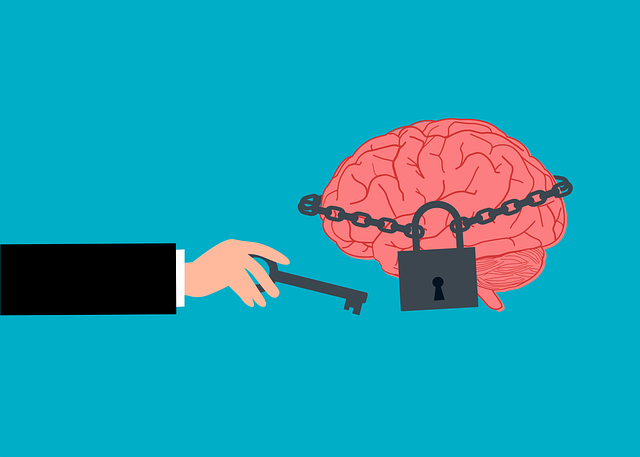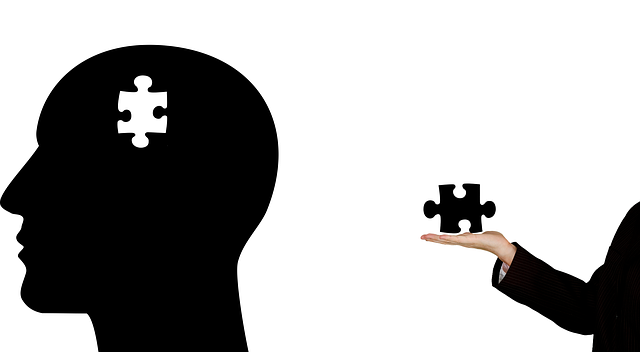Diagnosing mental illness in children is a multifaceted challenge due to diverse symptoms, co-occurring disorders, and inconsistent criteria. Misdiagnosis or underdiagnosis can lead to inappropriate treatment and delayed access to effective therapies like Eye Movement Desensitization and Reprocessing (EMDR). The process involves parent/teacher reports, observations, and specialized training for healthcare professionals using evidence-based practices. Enhancing mental health awareness, positive thinking, and cultural competency training are crucial steps to improve diagnostic accuracy, prevent stigma, and ensure timely access to tailored interventions like EMDR therapy, ultimately supporting children's emotional well-being.
Mental illness diagnosis accuracy is a critical area of focus in healthcare, especially with the increasing prevalence of mental health disorders worldwide. This article delves into the current challenges faced by professionals when diagnosing conditions, particularly in children, where complexities and nuances abound. We explore misdiagnosis and underdiagnosis as significant barriers to effective treatment. Additionally, we introduce Eye Movement Desensitization and Reprocessing (EMDR) therapy—a groundbreaking approach that has shown promise in treating various mental health disorders, including trauma-related conditions. Finally, we highlight efforts to enhance diagnosis accuracy through improved criteria, advanced technology, and multidisciplinary collaborations.
- Current Challenges in Mental Illness Diagnosis
- – Discussing the complexities and nuances of diagnosing mental health conditions, especially in children.
- – Highlighting the impact of misdiagnosis and underdiagnosis on patient outcomes.
Current Challenges in Mental Illness Diagnosis

The diagnosis of mental illness is a complex process that often presents significant challenges. One of the primary issues lies in the diverse and sometimes subtle manifestations of various disorders, making it difficult for healthcare professionals to differentiate between them accurately. For instance, symptoms of trauma-related conditions, such as post-traumatic stress disorder (PTSD), can closely mimic those of anxiety or depression, leading to misdiagnosis or delayed treatment. This complexity is further exacerbated by the fact that mental health issues often co-occur, adding another layer of difficulty in reaching an accurate assessment.
Additionally, the lack of standardized screening tools and reliable diagnostic criteria across different regions contributes to inconsistencies in diagnosis. Many current methods rely heavily on self-reported symptoms, which may not always be accurate due to factors like social stigma, fear, or limited understanding of one’s own experiences. This is especially true when dealing with younger populations, as children and adolescents might struggle to articulate their feelings effectively. Incorporating innovative approaches like Eye Movement Desensitization and Reprocessing (EMDR) therapy for children, alongside traditional assessment methods, can enhance diagnosis accuracy. The integration of crisis intervention guidance and inner strength development techniques also plays a crucial role in Mental Health Awareness, ensuring that individuals receive timely, effective, and tailored interventions.
– Discussing the complexities and nuances of diagnosing mental health conditions, especially in children.

Diagnosing mental health conditions in children presents unique challenges due to their developing brains and varying behavioral expressions. What may appear as defiance or attention issues could be underlying signs of anxiety, depression, or trauma. The complexity intensifies when considering comorbidities, where multiple disorders coexist, further complicating the diagnostic process. Healthcare professionals often rely on subjective reports from parents and teachers, along with observations, to make accurate assessments.
This intricate nature demands a multifaceted approach, emphasizing the role of specialized training for practitioners, including therapy techniques like EMDR (Eye Movement Desensitization and Reprocessing), which has shown promise in treating trauma. By integrating evidence-based practices and continuous professional development, mental health policy analysis and advocacy can drive improvements in diagnosis and, consequently, enhance the effectiveness of interventions, such as EMDR therapy for children, ultimately supporting their emotional regulation and burnout prevention.
– Highlighting the impact of misdiagnosis and underdiagnosis on patient outcomes.

Misdiagnosis or underdiagnosis of mental health conditions can have severe consequences for patients, particularly children. When a child’s emotional or behavioral struggles are incorrectly identified or overlooked, it may lead to inappropriate treatment, delayed access to effective therapy, such as EMDR (Eye Movement Desensitization and Reprocessing), and ultimately, poor patient outcomes. This is concerning because mental health issues in childhood can have long-lasting effects on overall well-being and development.
The impact of these errors extends beyond the individual, affecting families and communities as a whole. Underdiagnosis contributes to the stigma surrounding mental illness, discouraging affected individuals from seeking help. Therefore, efforts to improve diagnostic accuracy are essential, focusing on enhancing Mental Health Awareness and promoting Positive Thinking. Additionally, Healthcare Provider Cultural Competency Training can play a vital role in ensuring that professionals are equipped to recognize and address diverse presentations of mental health disorders, ultimately improving patient care and outcomes.
Mental illness diagnosis accuracy is paramount for effective treatment and improved patient outcomes. By recognizing the unique challenges in diagnosing conditions, particularly in children, healthcare professionals can enhance their assessment techniques. Incorporating evidence-based methods like Eye Movement Desensitization and Reprocessing (EMDR) therapy offers promising avenues for navigating these complexities. Through continued research and training, we can strive for more precise diagnoses, ensuring that those seeking help receive the appropriate care, including specialized therapy for children, ultimately fostering better mental health outcomes.


